In June 2024, CAKE.com conducted a study on workplace culture, employee work-life trends, and demographic attitudes to work.
Over 8,800 users of CAKE.com tools — Clockify, Pumble, and Plaky — were invited to participate in a number of questions arranged based on the type of software they were using.
Let’s go over some of the key survey findings based on 3 major workplace topics.
Work-life balance
The survey examined the state of work-life balance worldwide by analyzing:
- Overtime work
- Onsite, remote, and hybrid work environments.
Gen Z is the least likely to work overtime
The data showed that both worldwide and in the US, Gen Z (18-24 age group) is least likely to log overtime hours.
On the other hand, only 29.98% of the Baby Boomers (55-64 years) work a 40-hour workweek. This may suggest that attitudes towards work are evolving with younger generations.
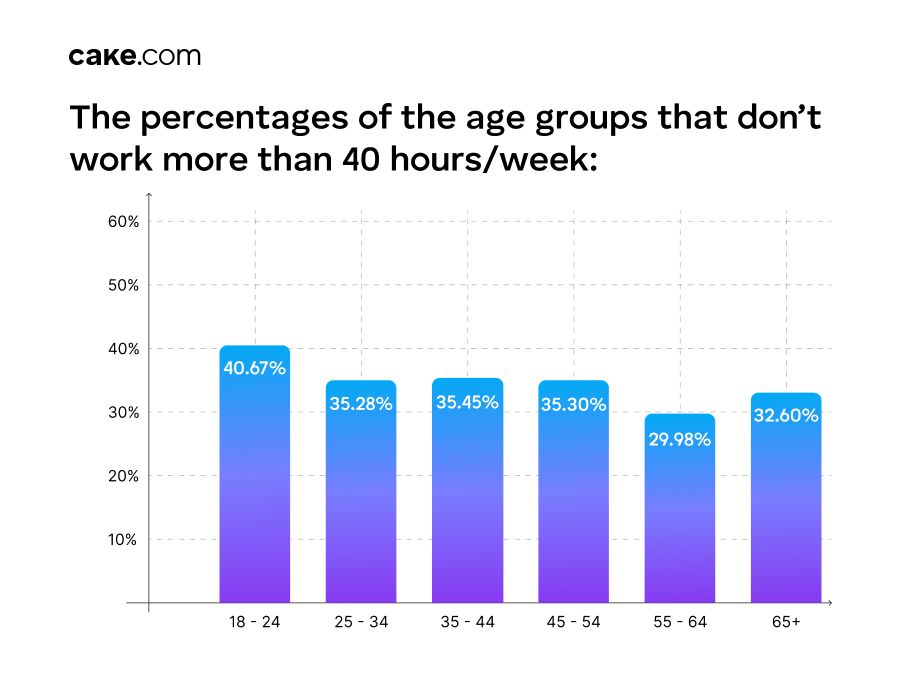
Differences in generations are similar for US numbers. Still, US employees are generally less likely to work overtime than workers from the rest of the world.

Women are more likely to work remotely
The data revealed that a vast majority of women (63.77%) work remotely.

Nevertheless, the numbers for remote work are high for men and other gender identities, too. Namely, 49.62% of men and 54.11% of other identities work from home.
AI in the workplace
The survey included questions focused on the rise of AI in the workplace and analyzed the following AI usage elements:
- The rate at which AI products are being adopted in workplaces
- General attitudes towards AI.
AI is being adopted at a slower pace than expected
The data showed that nearly three-quarters of workplaces (74.13%) have adopted AI tools. However, the majority of workplaces (58.31%) only use one or two AI tools.
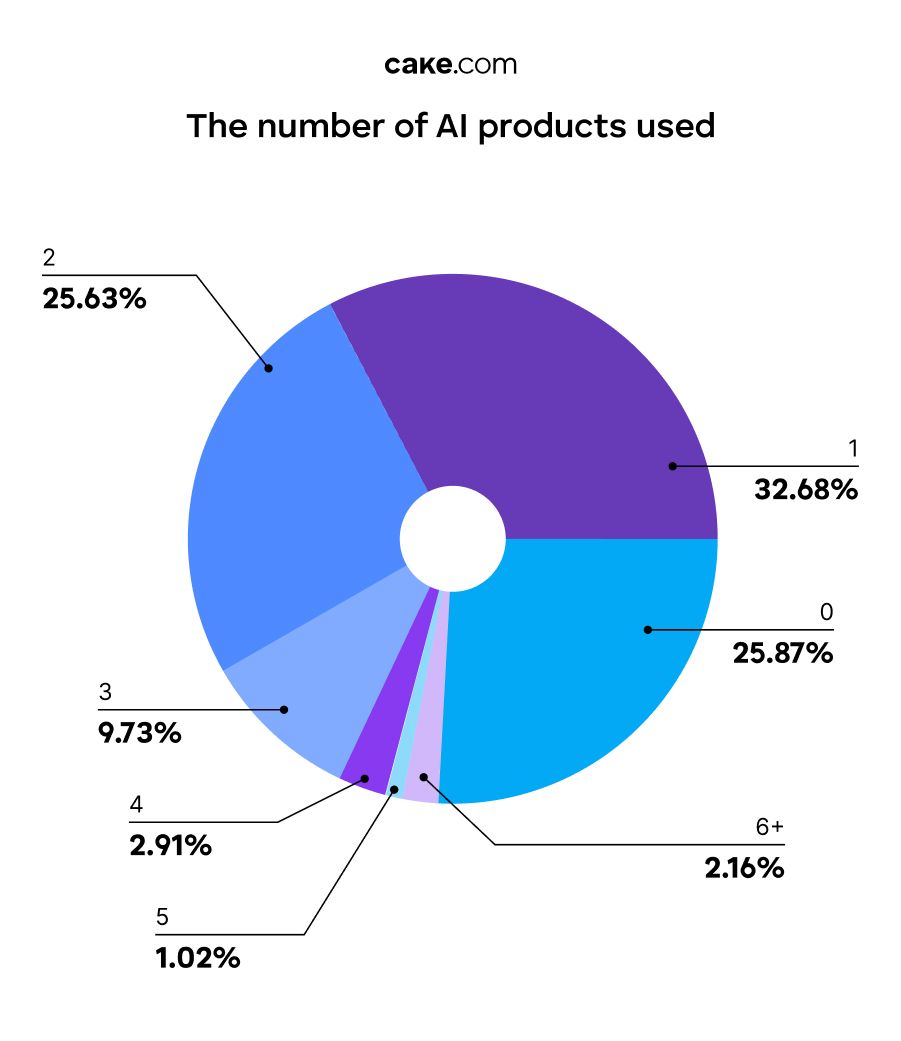
When looking at the US-specific data, the percentages are similar, with 72.06% of workplaces reporting the use of AI tools. Still, most US workplaces don’t use more than 2 AI products.
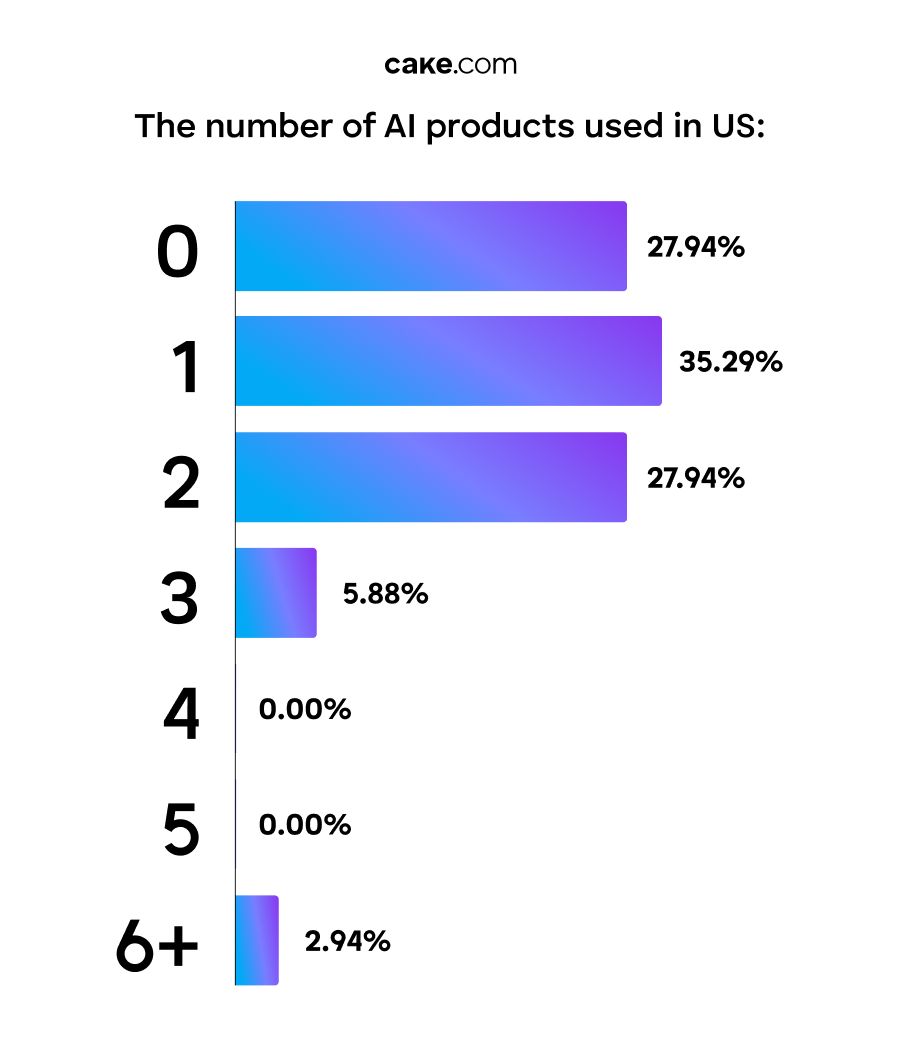
While most organizations incorporate AI in their work, the rate at which AI is being incorporated holistically remains lower than predicted.
Many managers believe AI can make their work easier
As many as 45% of managers who participated in the study believe AI has the ability to increase efficiency and productivity.
The list below shows the percentages of managers who highlighted specific benefits of AI:
- Improving decision-making: 24%
- Enhancing communication and collaboration: 12%
- Automating tasks: 12%.
On the other hand, 7% of managers think AI doesn’t have a clear benefit or are still unaware of them.
Workplace communication
The workplace communication portion of the study explored 2 main communication aspects:
- The tone of voice communicated through messaging platforms
- The use of emojis at work.
Leaders prefer a friendly tone for online communication
More than three-quarters of leaders worldwide (75.25%) opt for a friendly tone of voice when communicating through messaging apps such as Pumble (included in the CAKE.com Bundle).
Here are other tones leaders use:
- Formal/Organized: 13.86%
- Stern/Blunt: 6.93%
- Undetermined: 3.96%.\
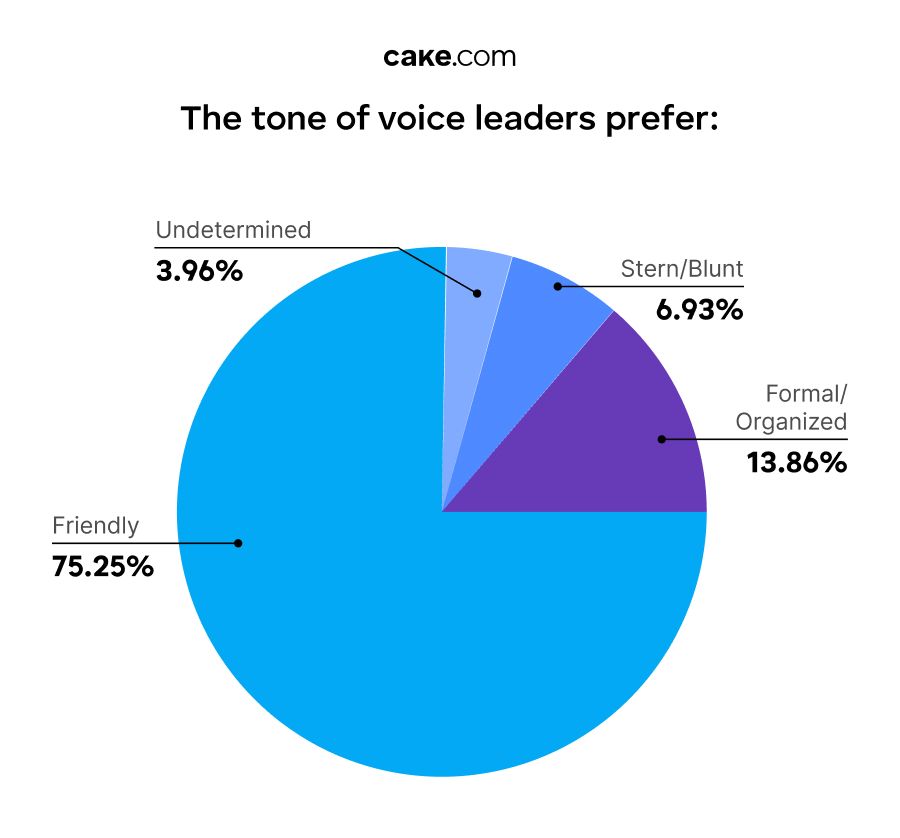
The 👍 emoji is the most used worldwide and in the US
The thumbs-up emoji (👍) is the most popular emoji for workplace communication, used by 26.90% of survey participants.
Take a look at other popular emojis along with the percentage of people using them:
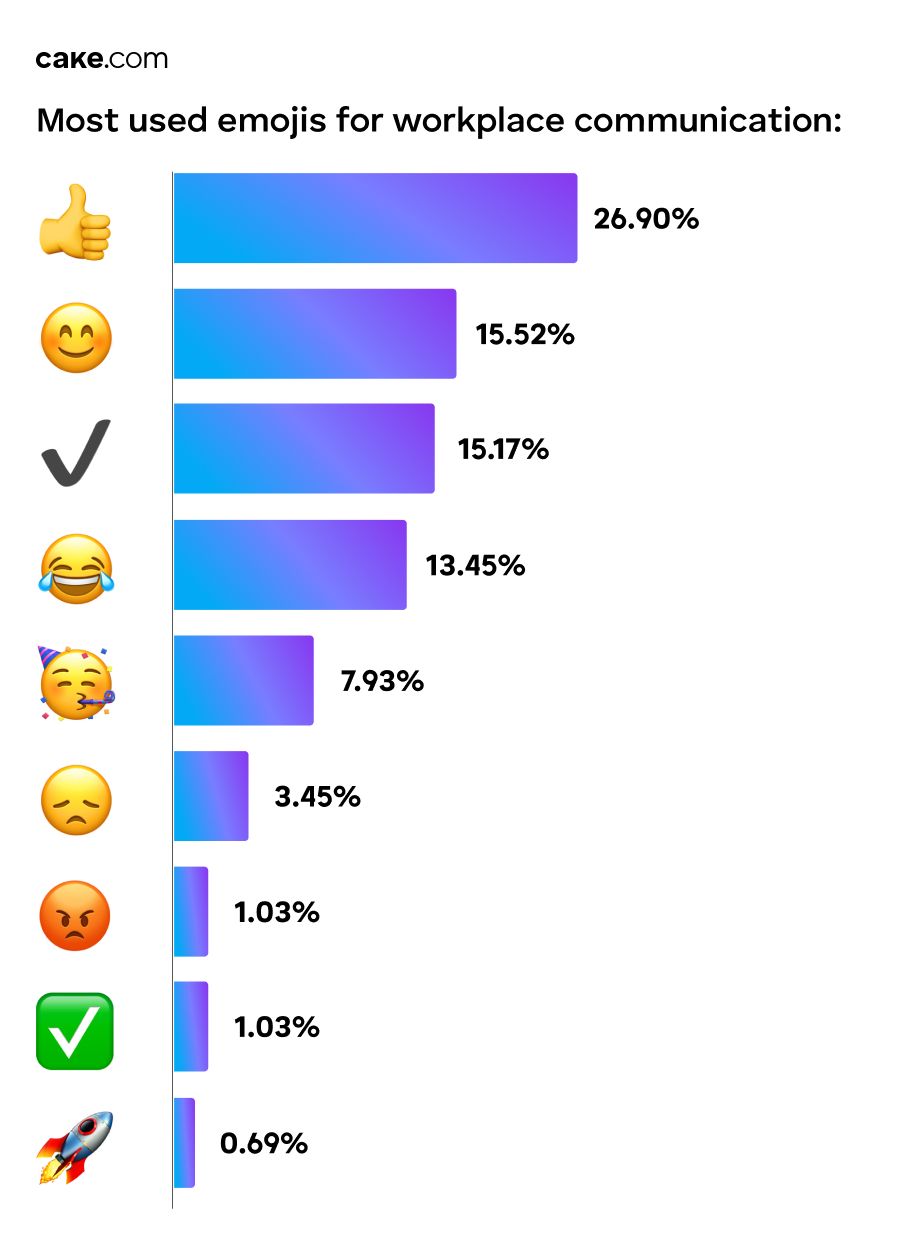
2024 State of Workplace Culture: Evolving technology is changing trends
Aside from these findings, the 2024 State of Workplace Culture and Work-Life Balance Trends Report delves deeper into various workplace topics, such as:
- The gender pay gap
- Taboo workplace topics
- The benefits of AI in the workplace
- How remote work impacts productivity
- The most overworked industries
- Work-life balance and workplace trends by US states.
For more in-depth findings, download the full 2024 State of Workplace Culture Study and Work-Life Balance Trends Report.
How we reviewed this post: Our writers & editors monitor the posts and update them when new information becomes available, to keep them fresh and relevant.



